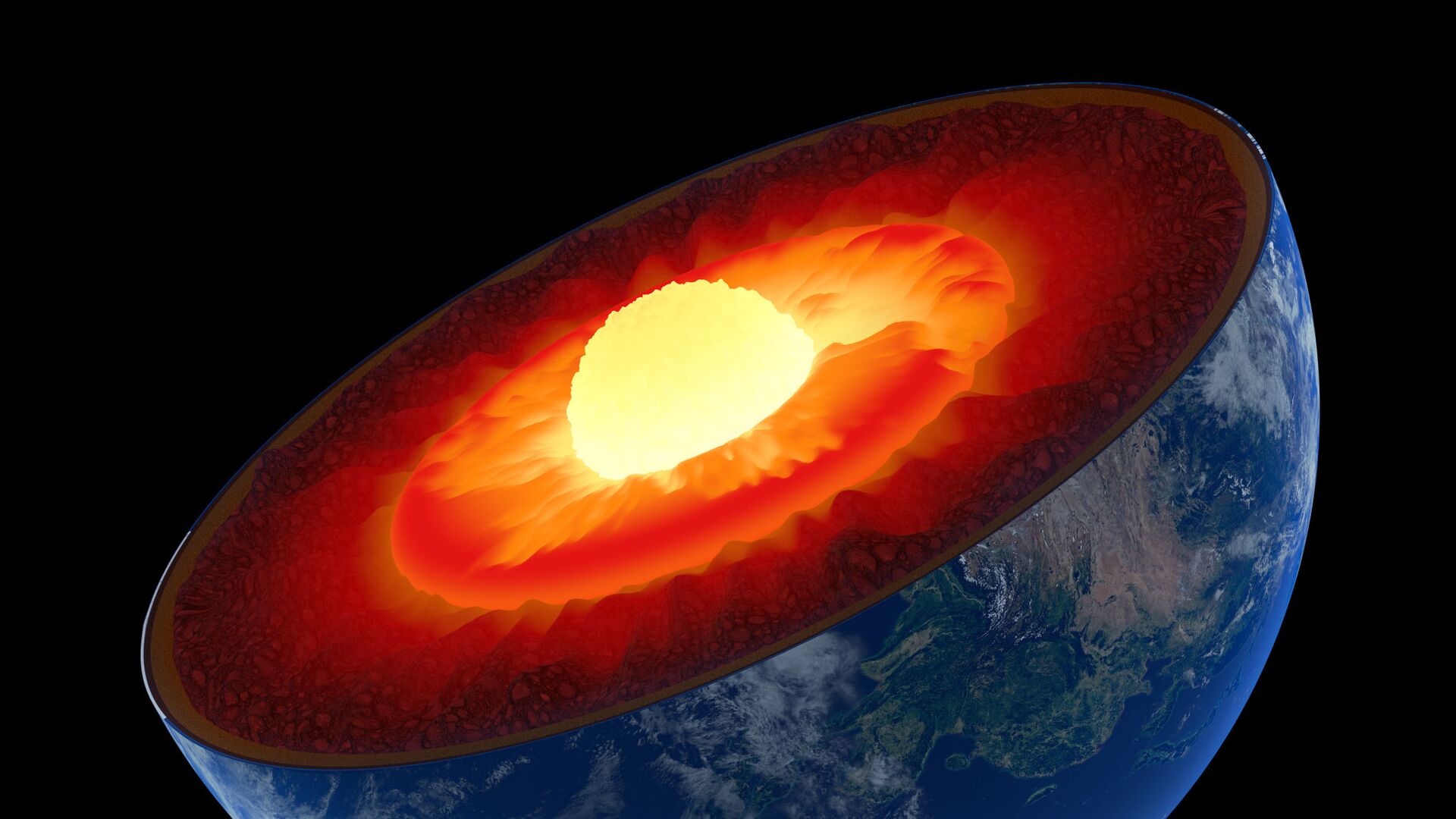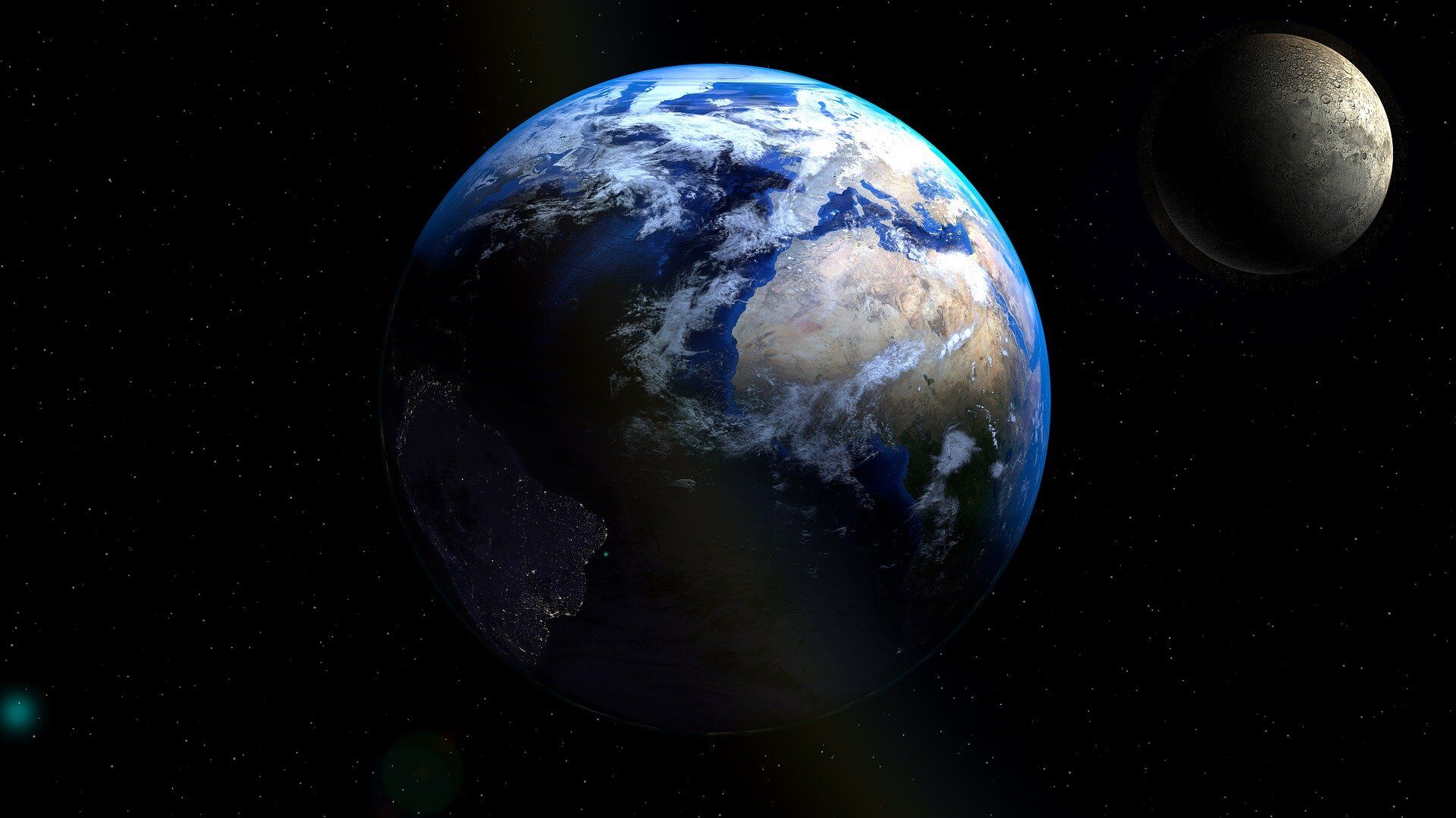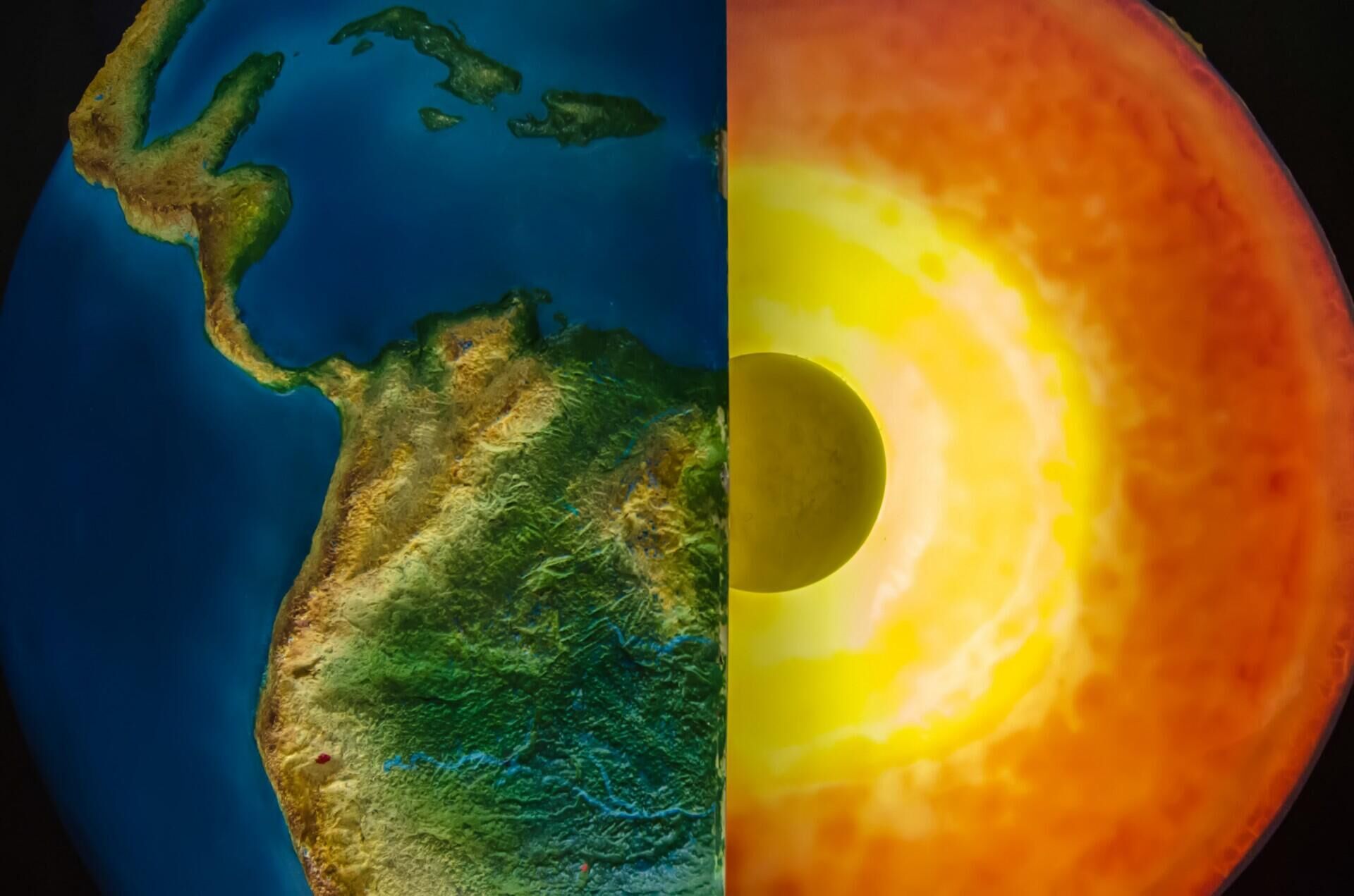https://sputnikglobe.com/20220331/giant-mobile-blobs-lurking-inside-earth-can-be-tracked-to-find-minerals-diamonds-claims-study-1094356946.html
Giant Mobile Blobs Lurking Inside Earth Can Be Tracked to Find Minerals, Diamonds, Claims Study
Giant Mobile Blobs Lurking Inside Earth Can Be Tracked to Find Minerals, Diamonds, Claims Study
Sputnik International
Seismic observations earlier revealed two seismic anomalies in Earth’s lowermost mantle. One of these is located beneath Africa, while the other is right under... 31.03.2022, Sputnik International
2022-03-31T12:12+0000
2022-03-31T12:12+0000
2024-06-08T13:08+0000
earth mantle
earth
diamonds
https://cdn1.img.sputnikglobe.com/img/07e5/03/05/1082266219_0:267:2049:1419_1920x0_80_0_0_2547b0101dbe3e58b867d5e7d9d9b46f.jpg
A billion years of geological history modelled in new research have revealed that two blob-like seismic anomalies in Earth’s lowermost mantle, one beneath Africa and the other beneath the Pacific Ocean, have assembled and broken up more intensively than previously believed.Named large low-shear-wave-velocity provinces (LLSVPs), these structures have followed a pattern emulating that of continents of the surface of the Earth.“We found that just like continents, the blobs can assemble – forming “superblobs” – and break up over time,” stated the paper, Assembly of the basal mantle structure beneath Africa, published in Nature on 30 March.The existence of the blobs, each the size of a continent, with roots 2,900 km (1,800 miles) below Earth’s surface, in the mantle - the thick layer of hot rock between Earth’s crust and its core – was discovered by geoscientists using instruments that measure seismic waves.It was determined that they have complicated shapes and structures, but their origins have puzzled science. The blobs are generally believed to be connected with the movement of tectonic plates, slowing down waves caused by earthquakes on the surface, acting as something of an anchor. The studies involved Senior Lecturer Nicolas Flament and Postdoctoral research fellow Ömer F. Bodur of the GeoQuEST Research Centre, School of Earth, Atmospheric and Life Sciences, University of Wollongong, Australia; Research Fellow Simon E. Williams of the Department of Geology of Northwest University, China, and Research fellow Andrew S. Merdith, University of Leeds, UK.The team used Australia’s National Computational Infrastructure to run advanced computer simulations of the flow of Earth’s mantle over a period of a billion years, according to The Conversation, which reported the collaboration on the study between academics and journalists.The simulations based on reconstructing movements of tectonic plates, which, when pushed into one another, force down the ocean floor between them in a process known as subduction.The movement forces the cold rock from the ocean floor to sink deeper into the mantle. Once it hits a depth of about 2,000km it pushes the hot blob-structures – the LLSVPs - aside.Thus, the blobs change position and shape, while nevertheless correlating with the pattern of volcanic and kimberlite eruptions recorded at Earth’s surface. It was this latter argument that was used by scientists previously to insist that the blobs were “anchored” and unmoving.The modelling has revealed that the African blob was formed about 60 million years ago, disputing the previous theory that it could have existed in its present form for nearly ten times as long. Furthermore, the study shows that sinking rock slabs are more likely to move fragments of continents to the African blob than to the Pacific blob.While the findings have offered a glimpse into the mysteries of the blob-like structures, addressing fundamental questions about the evolution of planet Earth, there remain numerous questions about the LLSVPs, such as how they originated and what they are made of.The current study also has practical applications, as the models run by the team offer a framework to more accurately target the location of minerals associated with mantle upwelling. Specifically, the discovery of diamonds driven to the surface by kimberlites that appear to be linked with the blobs.Furthermore, magmatic sulfide deposits - a primary reserve of nickel - are also associated with mantle plumes.
earth
Sputnik International
feedback@sputniknews.com
+74956456601
MIA „Rossiya Segodnya“
2022
News
en_EN
Sputnik International
feedback@sputniknews.com
+74956456601
MIA „Rossiya Segodnya“
Sputnik International
feedback@sputniknews.com
+74956456601
MIA „Rossiya Segodnya“
earth mantle, earth, diamonds
earth mantle, earth, diamonds
Giant Mobile Blobs Lurking Inside Earth Can Be Tracked to Find Minerals, Diamonds, Claims Study
12:12 GMT 31.03.2022 (Updated: 13:08 GMT 08.06.2024) Seismic observations earlier revealed two seismic anomalies in Earth’s lowermost mantle. One of these is located beneath Africa, while the other is right under the Pacific Ocean. These blob-like structures are each the size of a continent, and geoscientists know little about why they exist or what created their odd shapes.
A billion years of geological history modelled in
new research have revealed that two blob-like seismic anomalies in Earth’s lowermost mantle, one beneath Africa and the other beneath the Pacific Ocean, have assembled and broken up more intensively than previously believed.
Named large low-shear-wave-velocity provinces (LLSVPs), these structures have followed a pattern emulating that of continents of the surface of the Earth.
“We found that just like continents, the blobs can assemble – forming “superblobs” – and break up over time,” stated the paper, Assembly of the basal mantle structure beneath Africa, published in Nature on 30 March.
The
existence of the blobs, each the size of a continent, with roots 2,900 km (1,800 miles) below Earth’s surface, in the mantle - the thick layer of hot rock between Earth’s crust and its core – was discovered by geoscientists using instruments that measure seismic waves.
It was determined that they have complicated shapes and structures, but their origins have puzzled science. The blobs are generally believed to be connected with the
movement of tectonic plates, slowing down waves caused by earthquakes on the surface, acting as something of an anchor.
The studies involved Senior Lecturer Nicolas Flament and Postdoctoral research fellow Ömer F. Bodur of the GeoQuEST Research Centre, School of Earth, Atmospheric and Life Sciences, University of Wollongong, Australia; Research Fellow Simon E. Williams of the Department of Geology of Northwest University, China, and Research fellow Andrew S. Merdith, University of Leeds, UK.
The team used Australia’s
National Computational Infrastructure to run advanced computer simulations of the flow of Earth’s mantle over a period of a billion years, according to The Conversation, which reported the collaboration on the study between academics and journalists.
The simulations based on reconstructing movements of tectonic plates, which, when pushed into one another, force down the ocean floor between them in a process known as subduction.
The movement forces the cold rock from the ocean floor to sink deeper into the mantle. Once it hits a depth of about 2,000km it pushes the hot blob-structures – the LLSVPs - aside.
Thus, the blobs change position and shape, while nevertheless correlating with the pattern of volcanic and kimberlite eruptions recorded at Earth’s surface. It was this latter argument that was used by scientists previously to insist that the blobs were “anchored” and unmoving.
The modelling has revealed that the African blob was formed about 60 million years ago, disputing the previous theory that it could have existed in its present form for nearly ten times as long. Furthermore, the study shows that sinking rock slabs are more likely to move fragments of continents to the African blob than to the Pacific blob.
While the findings have offered a glimpse into the mysteries of the blob-like structures, addressing fundamental questions about the
evolution of planet Earth, there remain numerous questions about the LLSVPs, such as how they originated and what they are made of.
The current study also has practical applications, as the models run by the team offer a framework to more accurately target the location of minerals associated with mantle upwelling. Specifically, the discovery of diamonds driven to the surface by kimberlites that appear to be linked with the blobs.
Furthermore, magmatic sulfide deposits - a primary reserve of nickel - are also associated with mantle plumes.



